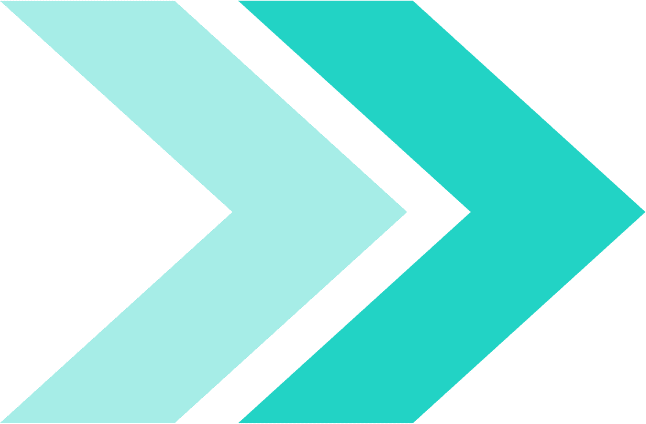Fiber cement boards are made to perform for decades, but only when they are finished with the right coating system. The correct paint not only improves visual quality, but also protects the boards against moisture, heat, UV exposure, and long-term degradation. The wrong paint, however, can peel, blister, fade, or trap moisture inside the panels.
This guide explains which type of paint is best for fiber cement boards, why primer is crucial, and how the ideal coating system changes by climate and region.
Factory-Coated vs Site-Painted Boards
There are two very different finishing scenarios:
Factory-coated boards:
These arrive pre-painted using industrial multi-layer coatings under controlled conditions, requiring only minor touch-ups.
Site-painted boards:
These are plain or primed boards installed first, then finished with a paint coating system on site.
This article focuses on site-painted fiber cement boards, as this is the most common case for façades and cladding projects.
The Global Standard: 100% Acrylic Exterior Paint
Across the US, Europe, Australia, and Middle East, the leading manufacturers recommend 100% acrylic exterior paint as the primary coating for fiber cement.
This is because acrylic exterior paints provide:
- Excellent adhesion to cementitious substrates
- Superior flexibility and movement tolerance
- High UV resistance
- Good colour retention
- Breathability (allows vapor escape)
This combination makes acrylic systems ideal for outdoor cladding.
Primer – The Critical First Layer
A primer is not optional.
Before painting, apply:
- One coat of exterior, water-based acrylic primer formulated for cement or masonry substrates
This prepares the surface, improves adhesion, equalizes absorption, and seals microscopic pores.
After priming, apply:
- Two coats of high-quality 100% acrylic exterior paint
This is considered the global, best-practice standard.
Regional Climate Recommendations
Different climates demand different coating characteristics. Below is a climate-specific breakdown aligned with real field needs.
Turkey & Mediterranean Regions
Conditions:
Hot summers, intense sun, coastal humidity in many areas.
Best coating system:
- Acrylic primer
- Two coats water-based acrylic exterior paint
- Optional: silicone-enhanced acrylic for coastal cities
This is also the most common specification used by Turkish applicators today.
Gulf Region (UAE, Qatar, Saudi Arabia, Oman, Kuwait, Bahrain)
Conditions:
Extreme heat, high UV load, sand, humidity.
Best coating system:
- High-adhesion acrylic primer
- Two coats high-quality acrylic exterior paint
- Light colours recommended to reduce heat absorption
- Optional upgrade: heat-reflective or thermal acrylic coating
These reduce thermal fatigue and prolong façade life.
Baltics & Northern Europe
Conditions:
Cold winters, freeze-thaw exposure, rain.
Best coating system:
- Exterior acrylic primer
- Two coats acrylic exterior paint
- Optional for cities: silicone-acrylic façade paint
Moisture protection is key here.
Coastal & Waterfront Regions (UK / Scandinavia / Pacific / Black Sea)
Conditions:
Humidity, salt air, damp conditions.
Best coating system:
- Exterior acrylic primer
- Two coats mildew-resistant acrylic paint
Look for microbial-resistant additives in the product’s specifications.
Special Coating Options
Some projects can benefit from enhanced formulations:
- Elastomeric acrylic coatings
For high wind and extreme weather zones - Silicone-modified acrylics
Better hydrophobicity and dirt resistance - Thermal / reflective acrylics
Designed for extreme solar climates
These are still acrylic systems — with improved performance.
What to Avoid When Painting Fiber Cement
To protect durability and prevent failures, avoid:
- Oil-based paints
- Interior wall paints
- Generic low-grade exterior coatings
- Transparent wood stains
- Cheaper low-acrylic facade paints
These can crack, chalk, peel, absorb moisture, or fade prematurely.
Pro Tips for Long-Lasting Results
- Paint only when boards are clean and fully dry
- Seal all cut edges
- Avoid very dark colours in hot climates
- Follow manufacturer guidelines strictly
- Respect minimum curing temperatures
Professional insulation of details equals long-term durability.
Conclusion
While there are many products available in the market, the proven formula is: Exterior acrylic primer + two coats of 100% acrylic exterior paint, with climate-specific upgrades depending on region.
This approach protects the boards, enhances lifespan, and ensures aesthetics remain intact for years.
👉 Visit the Smartfiber Fiber Cement Board page to explore specs, sizes, and delivery options.
Authored by Smartcon Int’l. Trade & Marketing Ltd. on 24.11.2025. All rights reserved.

